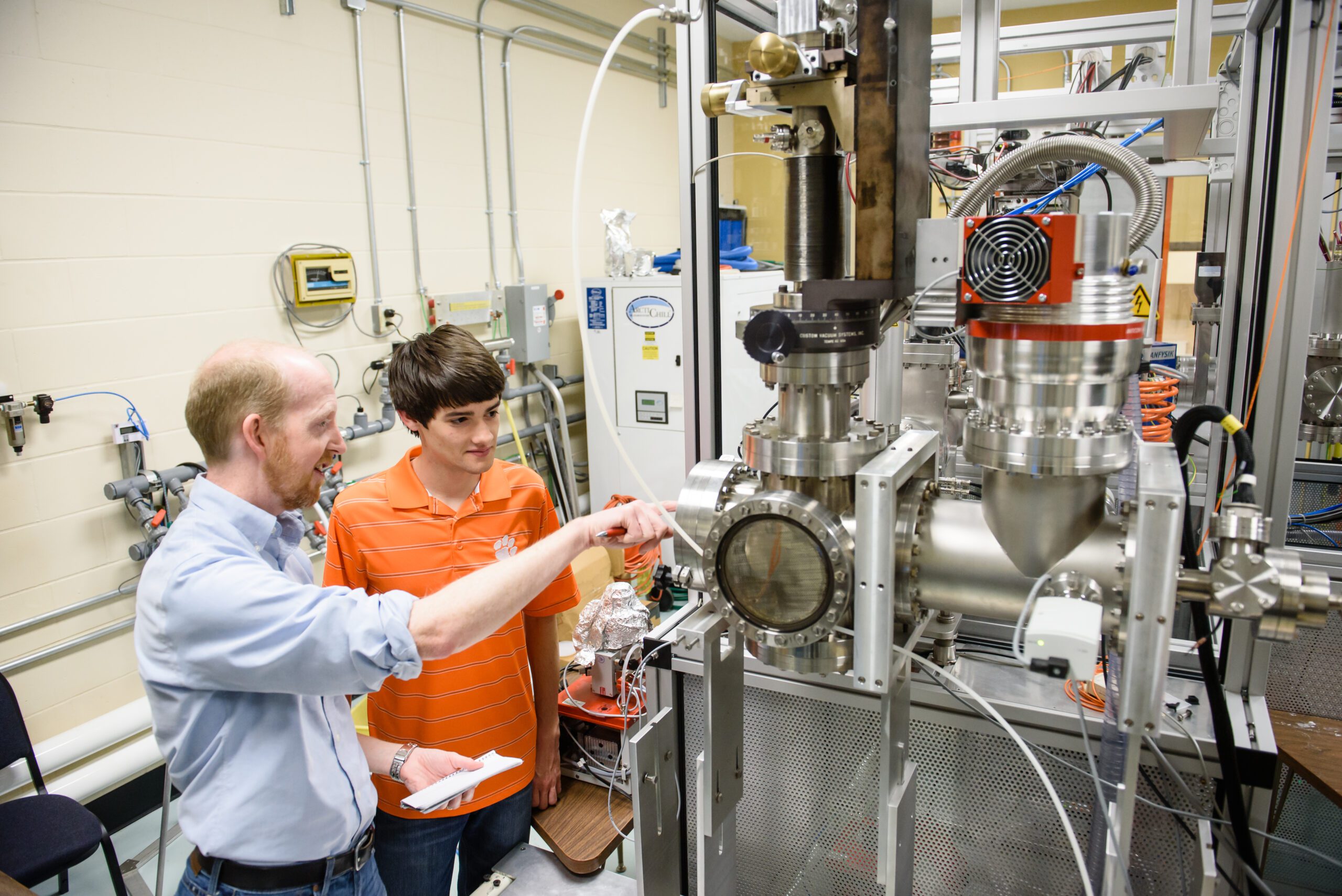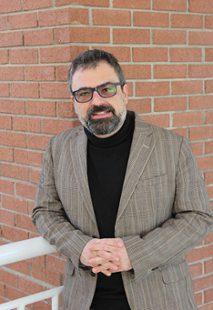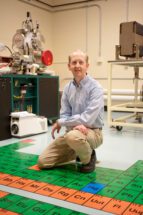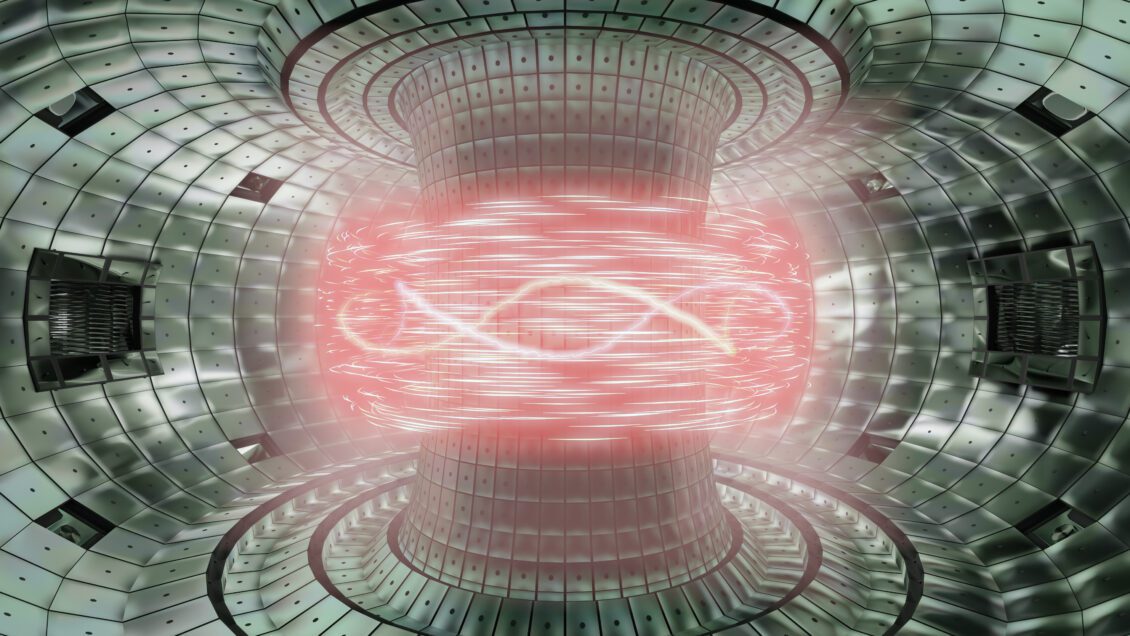Fusion powers the sun and other stars, filling the universe with heat and light, and has been seen as a potential source of clean terrestrial energy for about 70 years. However, reproducing and then sustaining conditions for fusion on Earth have proven a tough challenge.
Several of Clemson University’s engineers and scientists are working on it. They are developing new components and materials that could eventually make fusion energy a reality, although they said it will likely take decades to develop the commercial reactors that can provide electricity to the grid.

Faculty members lead most of the research. Some students are also involved, including a Ph.D. student interning at ITER, the world’s largest fusion experiment, and others who have built low-power fusion reactors.
Making fusion power work
Interest in fusion heated up worldwide in late 2022. Scientists at Lawrence Livermore National Laboratory’s National Ignition Facility reported they had achieved ignition. That means the experiment produced more energy from fusion than the laser energy used to drive it, according to the lab.
The breakthrough was hailed as a major milestone for fusion research. But many engineers and scientists agree that much work remains to be done to generate energy for practical use.
Fusion takes place in plasma, and one of the biggest hurdles to sustaining fusion is maintaining the plasma for more than a few minutes.
Most modern devices use deuterium and tritium as fuel, and temperatures need to reach about 150 million degrees Celsius to make them fuse, according to the International Atomic Energy Agency.
Researchers over the years have tried several different device designs to sustain fusion, including stellarators, linear machines and lasers.
The design currently most favored for developing industrial-scale fusion is the donut-shaped tokamak. The world’s largest tokamak is being built in the south of France for ITER (International Thermonuclear Experimental Reactor), a fusion experiment involving 35 nations, including the United States.
Nuclear fusion research at work
Nuclear fusion and plasma physics research are now carried out in more than 50 countries, according to the International Atomic Energy Agency, and the United States has been one of the leaders in fusion research since the early 1950s.
That research is active on Clemson’s campuses, contributing to the discovery that may one day turn the power of the stars into enough clean energy to fuel the planet.
A new breed of breeder blanket

Kyle Brinkman, chair of the Department of Materials Science and Engineering, is collaborating with Savannah River National Laboratory (SRNL) to improve the fusion reactor’s breeder blanket, a component that creates fuel for the reactor and is critical to keeping the fusion reaction going.
Lithium in breeder blankets absorbs neutrons and undergoes a nuclear reaction that produces tritium. That tritium is extracted from the blanket and fed back into the reactor to create more fuel for the fusion reaction, creating an ongoing cycle.
The baseline technology for getting tritium out of the blanket is to use a molten-salt extraction followed by electrolysis via a process patented by SRNL, Brinkman said.
Brinkman and his team want to insert ceramic tubes into breeder blankets to directly extract the tritium, reducing the number of steps and eliminating the need for molten-salt extraction and electrolysis via a process patented by SRNL. For the idea to work, though, the tubes need to be chemically compatible with molten lithium and lead lithium at extremely high temperatures.
Two years into the research, the team has demonstrated the tubes can work for “tens of hours,” Brinkman said.
“Our next milestone is to demonstrate the stability for hundreds and hundreds of hours at that temperature,” he said.
SRNL leads the project sponsored by the Advanced Research Projects Agency-Energy (ARPA-E) and brings to the project expertise, state-of-the-art facilities and a collaborative approach. The lab’s world-class reputation —thanks to its talented people and their unwavering commitment to safety, security and quality — make it the ideal partner on the project.
Oil for the pumps

Timothy DeVol, Clemson’s Toshiba Professor of Nuclear Engineering in the School of Civil and Environmental Engineering and Earth Sciences, said that to create fusion, pumps are needed to create a vacuum in the reactor. The solution at ITER, the world’s largest fusion experiment, is to use turbo cryopumps that don’t need oil, DeVol said.
The problem, though, is that those pumps are expensive, and they have been built solely for ITER, he said. If fusion reactors are going to start generating energy around the world, smaller, less expensive pumps that can be produced at scale will be needed, DeVol said.
One type is a diffusion pump, and it needs oil to run, he said. The oil needs to be able to withstand the high radiation dose and be compatible with tritium inside the reactor to avoid frequent replacement because of degradation and tritium contamination.
“The Clemson contribution is to examine the radiation integrity of those oils,” he said. “How well does the oil stand up to the neutron and gamma radiation from the fusion?”
DeVol and his group are also quantifying isotope exchange to help analyze which oils would be good candidates for fusion reactors. They are considering aliphatic oil, polyphenyl ether and silicone oils.
DeVol is collaborating with SRNL on the project. It is a mutually beneficial partnership that allows the lab to advance its already stellar reputation and vision to be the nation’s premier applied science laboratory in environmental management, national and homeland security and energy security.
Better materials

Enrique Martínez Sáez, an associate professor of mechanical engineering, is researching what kind of materials would be best for parts of the reactor that are in touch with the plasma.
Helium that is generated in fusion reactions collide with those materials, Martínez Sáez said. In materials that have been tried so far, the helium gets stuck at the surface and generates bubbles, raising the risk the material will break, he said.
“We want to keep that material in good shape so the plasma is confined and the fusion reaction can keep taking place,” Martínez Sáez said.
Tungsten, a lustrous metal that is a solid at room temperature, has been in favor among researchers for its high melting point, strength and intertness. Martínez Sáez has two projects aimed at finding materials that work even better than tungsten, and he said a promising approach is to combine tungsten with tantalum, chromium and vanadium.
Students create fusion

With its high temperature and pressure, fusion at first might not seem to lend itself to hands-on educational activity. But it absolutely does for many students and hobbyists who build amateur-level reactors that require relatively low energy.
While they won’t power a house or an Ironman suit, amateur reactors help teach about physics and raise awareness about fusion.
At Clemson, students have built reactors under the guidance of Chad Sosolik, a professor of physics and astronomy.
“They can be cool because they glow purple,” he said. “It’s not that hard to make a fusion reaction occur. I’ve got enough parts that for a couple hundred bucks we could put one together if I gave you the right gasses to put into it.”
Clemson’s student fusion club hasn’t been active for a couple years, but Sosolik said it could reform if enough students showed interest, which is likely given new developments in the field. He has also kept active with fusion through his own fusion research. He has studied how tungsten and other materials behave when bombarded by particles at the energies typical of a fusion reaction.
Measuring reactor conditions

In most cases, measuring temperature is as simple as having a thermometer on a window or stuck inside a turkey breast, but figuring out the conditions inside a fusion reactor is considerably more difficult. Even the most durable of thermometers would melt before getting close to a reading.
Endre Takacs, a professor of physics and astronomy, is researching another way.
In a reactor, plasma levitates in a magnetic field. Particles escaping the high-temperature plasma have enough energy to knock loose heavy atoms from the reactor walls. Those atoms drift into the plasma, where they become ionized and emit radiation.
That is a double-edged sword for researchers. The downside is that loose atoms sap energy from the plasma, making it harder to sustain fusion reactions, but the upside is that the radiation the atoms emit can be studied.
“They can be used as a diagnostics for the environmental conditions inside the reactor — the temperature and density of the plasma,” Takacs said. “That’s basically what we do. We have a device in Kinard Hall called an electron beam ion trap where we produce material at extremely high temperatures — a few million degrees — and we levitate it in a strong magnetic field created by a superconducting magnet.”
The experiments are helping researchers refine theories on plasmas, including those created in fusion reactors and those in outer space formed by supernova explosions, Takacs said.
Proving fusion energy can work

Thousands of engineers and scientists have contributed to the design and construction of the world’s largest nuclear-fusion experiment, and Cooper Tillman is one of them.
Tillman, a master’s student in DeVol’s lab, is an intern at ITER in France. At ITER, 35 nations, including the United States, Russia and China, are involved in building what will be the world’s largest tokamak. The goal is to prove the feasibility of fusion as a large-scale and carbon-free energy source.
Tillman is helping design and manufacture a wet recombiner, a safety device that prevents the release of radioactive materials in an accident or emergency. The wet recombiner removes excess hydrogen gas that is produced during fusion and then converts the hydrogen back to water.
“It is a combination of two conventional pieces of equipment — basically a wet scrubber for particulate matter and a catalytic recombination for hydrogen,” Tillman said. “So, it is basically a reactor for safely burning hydrogen.”
The work featured in this article was funded in part by the U.S. Department of Energy’s Fusion Energy Sciences program, the department’s Advanced Research Projects Agency-Energy, and the National Institute of Standards and Technology.
Get in touch and we will connect you with the author or another expert.
Or email us at news@clemson.edu

